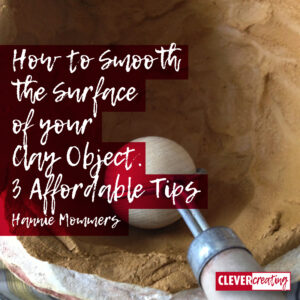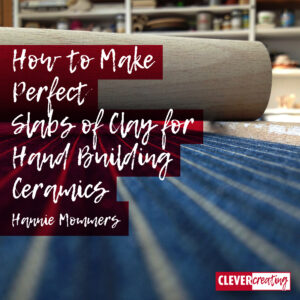
Until 2016 I was a ceramicist. Nowadays I still consider myself an artist but I no longer have a kiln and work in other materials and other forms of art.
My ceramics was focused mainly on sculptural and abstract forms.
On previous occasions, I wrote about my photography. And made several How-To-articles about ceramics, but here I want to introduce you to my abstract ceramics*.
* Abstract means it’s not recognizable as a real or figurative subject








